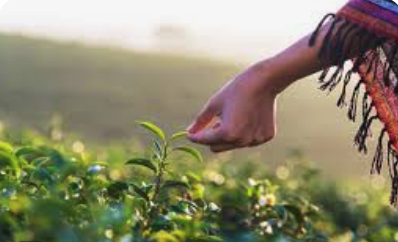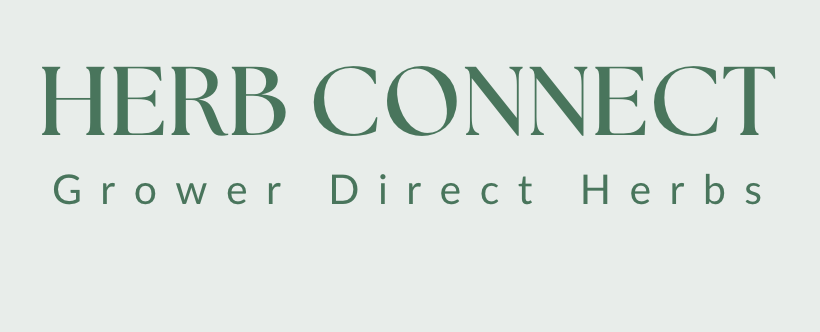

Medicinal herbs have been utilised for centuries as natural remedies to promote healing and well-being. The potency and efficacy of these plants often lie within specific parts, such as roots, leaves, or flowers. To harness their therapeutic benefits, it is crucial to understand the best time to harvest each component. This blog post aims to guide herb enthusiasts, herbalists, and gardeners on the optimal harvesting time for medicinal herb roots, leaves, and flowers, ensuring the preservation of their medicinal properties.
- Medicinal Herb Roots: Roots serve as vital repositories of nutrients and bioactive compounds in medicinal herbs. Harvesting the roots at the right time can significantly impact their potency. Here are a few guidelines:
a. Timing: The ideal period to harvest medicinal herb roots is during the dormant phase, typically in the autumn or early spring. During this time, the energy of the plant is focused on the roots, allowing them to accumulate higher concentrations of active constituents.
b. Visual cues: Observe the foliage of the plant; it often turns yellow or begins to wither when the plant is preparing for dormancy. This indicates that the energy has shifted to the roots, making it an opportune time for harvesting.
c. Moisture levels: Harvest roots after a few days of dry weather to reduce the risk of fungal infections. Excess moisture can degrade the quality of the roots and affect their medicinal properties.
- Medicinal Herb Leaves: Leaves are a common component used in medicinal teas, tinctures, and poultices. Harvesting leaves at their prime ensures optimal flavor and medicinal benefits. Consider the following factors:
a. Time of day: Harvest herb leaves in the morning, shortly after the dew has evaporated. At this time, the leaves are rich in essential oils and phytochemicals, offering enhanced flavor and therapeutic value.
b. Plant maturity: Choose leaves from mature plants rather than young or senescent ones. Mature leaves contain higher concentrations of active compounds, resulting in more potent medicinal properties.
c. Leaf appearance: Look for vibrant, healthy leaves free from discoloration, spots, or damage. Avoid leaves affected by pests or diseases as they may compromise the quality and efficacy of the harvested material.
- Medicinal Herb Flowers: Flowers add a touch of beauty and often possess unique medicinal properties. Harvesting them at the right time is essential to capture their maximum potential. Consider the following recommendations:
a. Blooming stage: Harvest medicinal herb flowers when they are in full bloom. This is when they contain the highest concentration of volatile compounds and aromatic oils, making them more potent for medicinal purposes.
b. Time of day: Similar to leaves, it is best to harvest flowers in the morning after the dew has dried. At this time, the flowers are fresh and have not been subjected to the heat of the day, preserving their quality and fragrance.
c. Color and fragrance: Choose flowers with vibrant colors and a strong, pleasant fragrance. These characteristics often indicate the presence of active compounds and can be a good indicator of their potency.
The timing of harvesting medicinal herb roots, leaves, and flowers plays a crucial role in capturing their optimal potency and therapeutic benefits. By understanding the specific cues and guidelines for each plant component, you can ensure the quality and efficacy of the herbs you harvest. Remember to respect nature’s cycles, observe visual and sensory cues, and handle the harvested material with care to preserve its medicinal properties. Embrace the art of timing, and you’ll unlock the full potential of these incredible gifts from nature.


